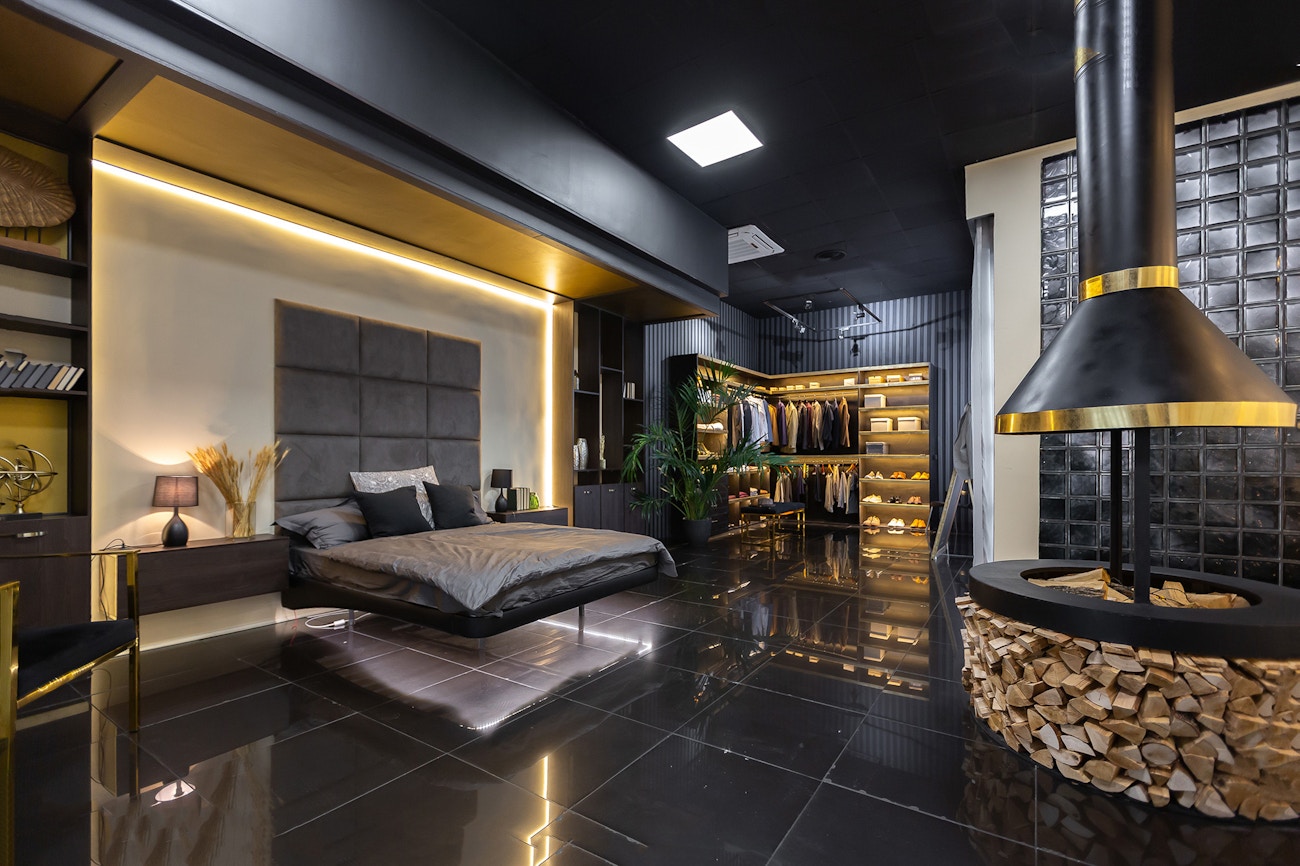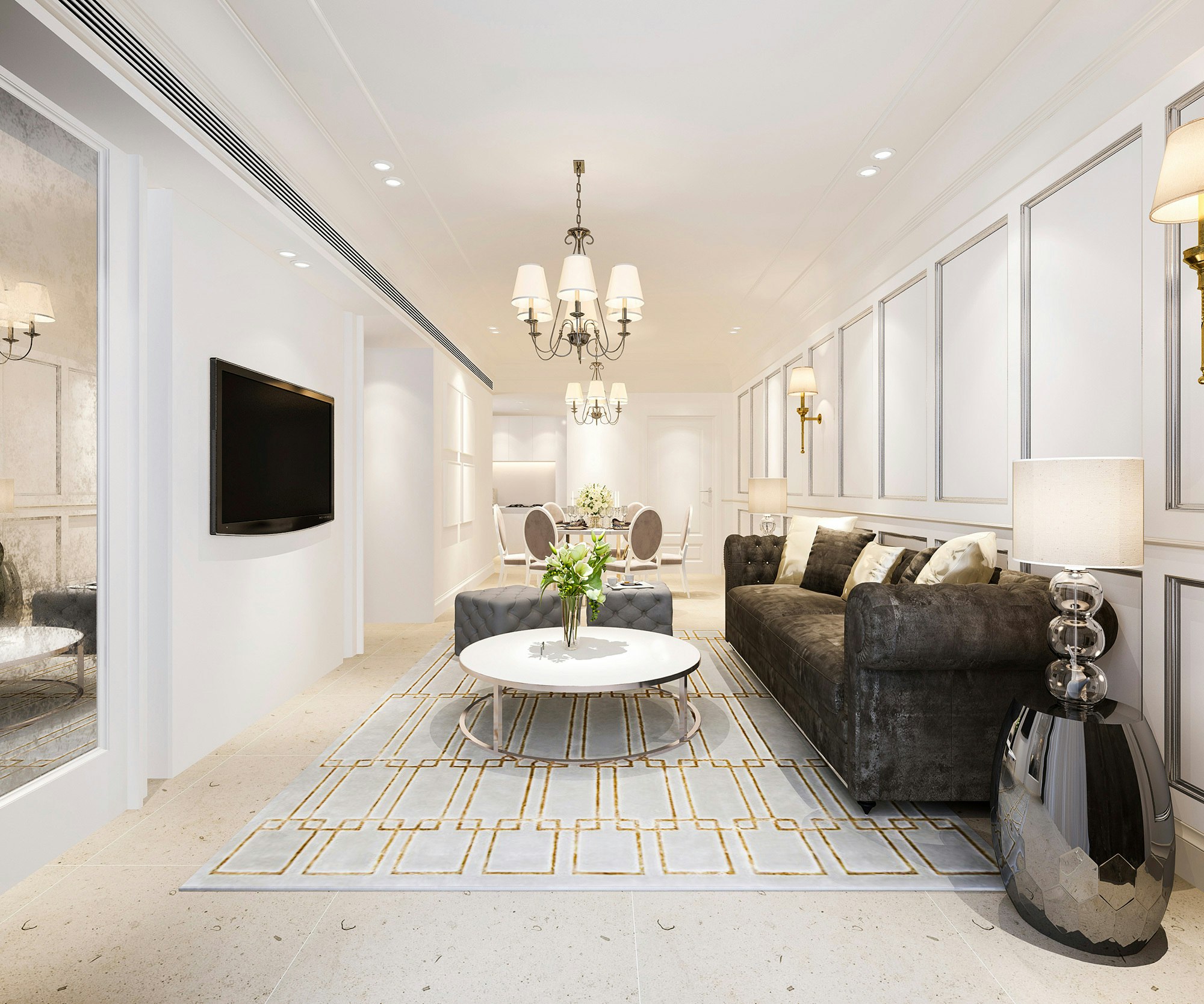Blog
Modern Architectural Lighting: Innovations For A Better World

Author: Bradley Devenish
Ever since it was brought to the forefront by architectural lighting designer Richard Kelly who began his practice in 1935, architectural lighting had been mostly reserved for publicly-funded structures such as parks, theatres and museums. That’s no longer the case.
Architectural lighting has become increasingly accessible to the general public in recent years such that you’re freely able to apply it throughout your property. Homes and offices are now better lit than ever before, with a marvellous visual experience.
Here are some things to know about modern architectural lighting innovations for a better world. Leverage this to your favour to take your home’s lighting to the next level.
What is Architectural Lighting?
Architectural lighting is more than just having some cool looking light fixtures all over the place. Lighting design is based on both science and visual arts. Architectural lighting design is a field of work or study that is concerned with the design of lighting systems within the built environment, both interior and exterior.
The objective of architectural lighting design is to balance the art and the science of lighting to create mood, visual interest and enhance the user experience of a space or place whilst still meeting the technical and safety requirements.
Your property may have great architecture but with the wrong type of lighting, it’s going to look unpolished or dull at best and jarring at worst. Lighting makes a huge difference because like a magnificent chandelier, it can become the centrepiece and converging point of the building, or create multiple focal points to accentuate the architectural design.
Whether you’re illuminating commercial or residential premises, architectural lighting elevates its prestige. Your premises will convey a strong sense of coherence in its lighting and overall presentation - encapsulating both style and substance, design and function.
With architectural lighting, the sum of the parts becomes greater than the whole to deliver an amazing spatial experience.
Architectural Lighting Design Advantages
Building aesthetics
Often, the focus is to be on the fixture itself and not on the lights so we must be aware of any disruptions caused by the lighting. Light sources must aesthetically complement the architecture, not oppose it.
Architectural lighting innovations today enable us to maximise building appeal by emphasising the textures, colours and forms of the space.
Ergonomics
As architect Louis Sullivan famously put it, form follows function. Architectural lighting design aims to maximise lighting effects to facilitate functionality and ergonomics, sufficiently addressing the needs of the inhabitants of the space first.
It’s no secret that lighting can influence your wellbeing, spatial awareness and set the tone for the zone. Modern architectural lighting works to bring all this into a cohesive whole that boosts productivity and uplifts the overall environment.
Energy efficiency
If a lighting system isn’t sustainable, you’re burning money. Expert architectural lighting designers know how to maximise energy efficiency such as utilising natural lighting, the type of bulbs and technology used along with proper placement.
Selecting the right lumen value, the colour of light, as well as the use of transparent shades or fittings and the use of sensors or timers on external lights, can further reduce your lighting bill. Well designed architectural lighting covers off on all these considerations.
Primary Types of Lighting
There are four primary types of lighting - ambient, task, accent and decorative lighting. To get the best results, you often need to mix and match these according to the architecture and fixtures in the area.
Architectural lighting enables effective use of each of these. You can check out how to use ambient, task and accent lighting in your home to see just that.
Ambient lighting
Ambient lighting is general lighting for basic illumination and visibility. It can be direct or indirect. This helps facilitate the safe utilisation of space and in reducing the contrast between light sources and their surroundings.
Examples of indoor ambient lighting include the use of chandeliers, ceiling-mounted fixtures, track lights, downlights and floor lamps. For outdoor ambient lighting, there are spotlights, hanging fixtures, post lanterns and various wall lighting methods.
Accent lighting
Accent lighting emphasises certain objects or areas to act as a highlighting device or simply for decorative purposes. It should be efficient and able to accommodate a variety of lamp wattages. This can be used for lighting artwork such as paintings in art galleries and museums, statues and ornaments, mouldings and so on.
Examples of indoor accent lighting fixtures include slimline bar lights, under cabinet lights, mini spots, track lights, tape and extrusion lighting and wall mounts. Outdoor accent lighting can include low voltage landscape lighting, wall sconces and uplights.
Task lighting
Task lighting, in most applications, is typically the use of incandescent or fluorescent lights focused on directly illuminating a task surface such as a table or other furniture to increase productivity and offer visual comfort. This is highly beneficial for seeing tiny objects or materials of low contrast. It provides visibility for activities such as cooking, dressing, reading and working.
Some examples of task lighting include directional gimbal recessed fixtures, gimbals, downlights, desk lamps and pendants. In some cases, the ambient lighting is enough whereas, in others, flexible luminaires may be used for versatility.
Decorative lighting
As the name suggests, decorative lighting is non-essential lighting that’s primarily for decorative and creative reasons. Modern architectural lighting innovations allow it to be at its best where it serves to create ambience, provide the required level of visual illumination and add embellishment.
Interior decorative lighting fixtures include staircase lighting, wall sconces, fans with light kits and table fixtures such as lamps. Exterior decorative fixtures include lawn lights, solar stake lights, fairy lights and so on.
Common Forms of Architectural Lighting
To provide amazing ambient, accent, task and decorative lighting, architectural lighting is implemented in four common forms - cove, soffit, valance and daylighting.
Modern lighting innovations allow for these different styles to be combined for a unique presentation be it contemporary and traditional or modern and lavish.
Cove lighting
Cove lighting is a type of indirect interior lighting from incandescent or fluorescent lamps that bounce even light towards ledges, recesses, ceilings or upper walls. Although T5 luminaires are great for this, LED strips and fixtures are a more energy-efficient way to add accent lighting and colour to your rooms.
Soffit lighting
Soffit refers to the underside of a building. Soffit lighting is often exterior lighting installed to enhance your property and add a dramatic accent to the area. It can be added on roofs, between windows, around balconies and decking, or near the edges of the home where it washes the wall with light.
Valance lighting
Valance lighting is a type of indirect lighting that conceals the fixture behind a wooden, metal or glass valance. The light can be directed upward, downward, or in both directions where the top acts as a cove and the bottom as a soffit. It generally runs along a wall and is great for bedrooms, kitchens and living rooms.
Daylighting
Daylighting, or natural lighting, uses exterior glazing such as windows and skylights alongside a daylight-responsive lighting system to efficiently bring natural light into your home and save energy. It facilitates a productive environment that’s also visually stimulating and energy-efficient for building occupants.
Types of Light Bulbs & Lamps
So, there are four forms of architectural lighting that contribute to the four primary types of lighting in general. On top of this, you need to have an idea of the types of light bulbs and lamps to use because they greatly impact your lighting presentation and performance. We’ll look at eight of the most common ones.
Incandescent
Incandescent light bulbs are made with a coiled filament of tungsten encased in a glass with a gas like argon inside. Although they are the direct descendants of the original electric bulbs from a hundred years ago, modern advancements have made available a wide range of types and even low voltage, energy-efficient incandescent bulbs.
Some of the older incandescent bulbs had an incredibly short lifespan of only up to 2 hours but now you can find ones that last up to 20,000 hours.
Standard fluorescent & Compact Fluorescent (CFL)
Fluorescent light bulbs are long, glass tubes containing mercury vapour or argon gas under low pressure. These are more commonly seen in stores and offices. In homes, we find compact fluorescent lights or CFL bulbs that have a small, twisted shape instead.
They have a long lifespan from a minimum of 8,000 up to 20,000 hours and are much more energy-efficient than incandescent bulbs.
Light-Emitting Diode (LED)
LEDs are the most energy-efficient light bulb of all. They produce light using semiconductors so they require very little energy to work. They don’t emit much heat and have very long lifespans of 50,000 to 100,000 hours, which can add up to around a decade!
Halogen
Halogen lights function similarly to incandescent lights but use halogens such as iodine and bromine gases instead of argon. In terms of energy efficiency, they generally rank higher than incandescent bulbs but lower than fluorescent bulbs.
A drawback is that they get pretty hot so it’s best to use them sparingly or in limited-use settings. They have a relatively short lifespan of 3,000 to 6,000 hours.
Metal halide
Metal halide lamps produce light using electricity running through a gaseous mixture of mercury vapour and metal halides, commonly sodium iodide. They are used both indoors and outdoors in commercial, industrial, public and residential settings, even for automobile headlights. They have an average lifespan of 6,000-15,000 hours.
Sulphur lamps
Sulphur lamps use sulphur plasma to generate light without the need for an electrode. Like fluorescent lamps, they warm up notably slow and are highly efficient. However, unlike them, they don’t contain mercury so they aren’t an environmental threat when broken. They have a huge lifespan of around 60,000 hours or more.
Sodium-vapour lamps
Sodium-vapour lamps use sodium in an excited state to generate light. They come in two types: high-pressure sodium (HPS) and low-pressure sodium (LPS) lamps. They are highly efficient but only emit yellow light so they are mostly used for outdoor lighting.
HPS lamps have a long lifespan of 20,000-40,000 hours whereas LPS lamps have an average lifespan of 18,000-20,000 hours.
Smart lights
Smart lights let you manage your lighting conveniently and more efficiently. These are generally LED lights that can be controlled using WiFi via an app, with your voice, or other smart controls. You get to switch between different colours easily and can adapt your lighting to different activities. Consequently, they tend to be more costly.
Get the experts on your case
These were some of the modern architectural lighting innovations for a better world. However, as you can see, architectural lighting encompasses a lot of elements. It’s why experts who specialise in the field are able to offer you great advice and save you time, money and maybe even a few headaches along the way.
Hampshire Light understands and excels in architectural lighting. We’ve been serving our clients in Hampshire for over 20 years. See for yourself with this free lighting design brochure or directly contact our team of experts today. We’d love to transform your lighting from good to great.
Want to learn more about lighting design?
Download our lighting design brochure
